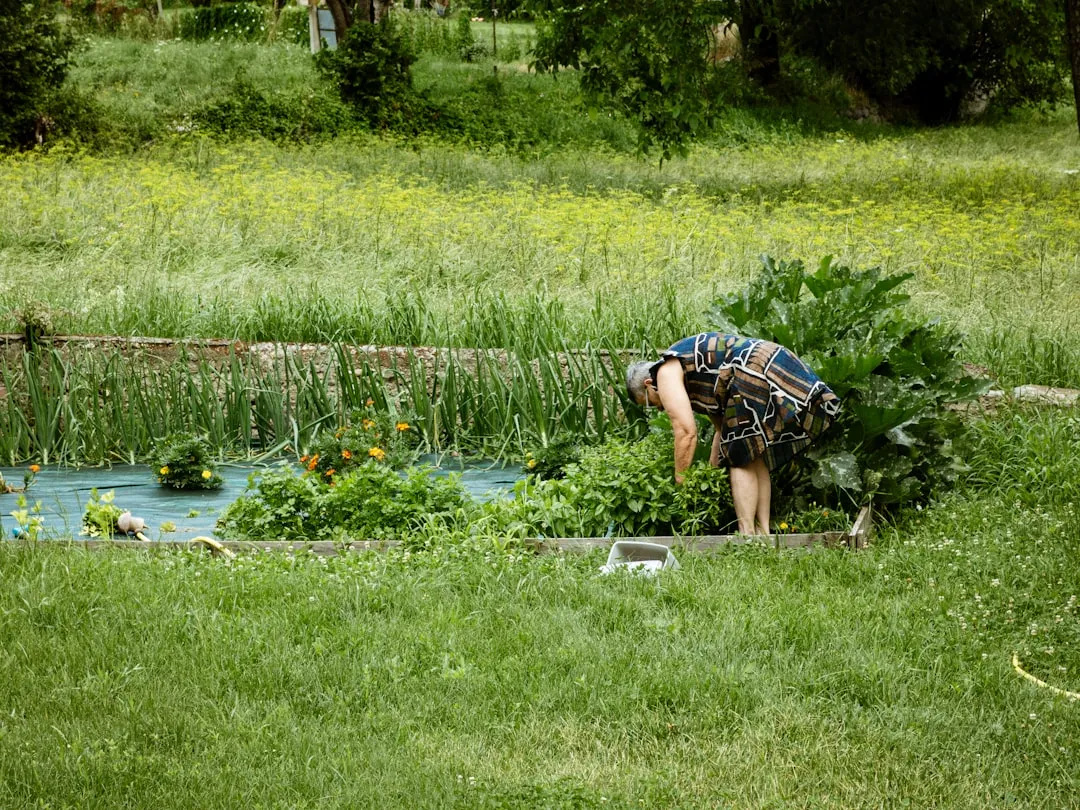The Secret to a Weed - Free Flower Bed Naturally

Gardening is a rewarding hobby that allows us to connect with nature and create beautiful outdoor spaces. However, one of the most common challenges gardeners face is dealing with weeds in flower beds. Weeds not only compete with our precious plants for nutrients, water, and sunlight, but they can also make our flower beds look unkempt. The good news is that there are natural and organic ways to kill weeds without using any chemicals or products that could harm your plants.
### Understanding Weeds
Before we dive into the methods of weed control, it's important to understand a bit about weeds. Weeds are essentially plants that grow where they are not wanted. They can spread quickly through seeds, rhizomes, or stolons. Some common types of weeds found in flower beds include dandelions, crabgrass, and chickweed. Knowing the type of weed you're dealing with can help you choose the most effective control method.
### Manual Weed Removal
The most straightforward way to get rid of weeds is by pulling them out manually. This method is best for small - scale weed problems or when dealing with young weeds. To do this, you'll need a good pair of gardening gloves and a hand trowel. Start by loosening the soil around the base of the weed with the trowel. Then, grasp the weed as close to the root as possible and pull gently but firmly. Make sure to remove the entire root, as leaving even a small part of it can allow the weed to regrow. This method is labor - intensive but has the advantage of being completely chemical - free.
### Mulching
Mulching is another excellent natural way to control weeds in flower beds. Mulch is a layer of material, such as wood chips, straw, or shredded leaves, that is spread over the soil surface. It serves several purposes. Firstly, it blocks sunlight from reaching the weed seeds, preventing them from germinating. Secondly, it helps to retain soil moisture, which is beneficial for your plants. When applying mulch, make sure to spread it evenly around your plants, leaving a small space around the base of each plant to prevent moisture - related diseases. A layer of 2 - 3 inches of mulch is usually sufficient to suppress weeds.
### Boiling Water
Boiling water is a simple yet effective natural weed killer. All you need to do is boil a pot of water and carefully pour it directly over the weeds. The hot water will scald the weeds and kill them. This method is particularly useful for weeds growing in cracks in sidewalks or driveways near your flower beds. However, be careful not to pour the boiling water on your desired plants, as it can also damage them. You may need to repeat this process a few times for stubborn weeds.
### Vinegar
White vinegar can be a powerful natural weed killer. The acetic acid in vinegar works by drying out the leaves and stems of the weeds, eventually killing them. To use vinegar as a weed killer, pour it into a spray bottle and add a small amount of dish soap. The dish soap helps the vinegar stick to the weeds. Spray the solution directly on the weeds on a sunny day for best results. Keep in mind that vinegar can also affect the pH of the soil, so use it sparingly and avoid spraying it on or near your plants. Also, it may not be as effective on larger, more established weeds.
### Corn Gluten Meal
Corn gluten meal is a natural pre - emergent herbicide. It works by preventing weed seeds from germinating. When applied to the soil in early spring, it can significantly reduce the number of weeds in your flower beds. Sprinkle the corn gluten meal evenly over the soil surface at the recommended rate. Water the area lightly after application to activate the corn gluten meal. However, it's important to note that corn gluten meal can also prevent the germination of some desirable plant seeds, so use it with caution if you're planning to sow new seeds in the area.
### Solarization
Solarization is a method that uses the sun's heat to kill weeds and their seeds. To solarize your flower bed, first, water the soil thoroughly. Then, cover the area with a clear plastic sheet, making sure to seal the edges tightly. Leave the plastic in place for 4 - 6 weeks during the hottest part of the summer. The heat trapped under the plastic will raise the soil temperature, killing the weeds and their seeds. After solarization, remove the plastic and you can start planting your desired flowers.
### Maintaining a Weed - Free Flower Bed
Once you've removed the weeds from your flower bed, it's important to take steps to prevent them from coming back. Regularly inspect your flower bed for any new weed growth and remove them as soon as you see them. Keep your plants healthy by providing them with proper watering, fertilizing, and pruning. A healthy plant community is better able to compete with weeds. Also, make sure to clean your gardening tools after each use to prevent the spread of weed seeds from one area to another.
In conclusion, there are many natural and organic ways to control weeds in flower beds. By using these methods, you can keep your flower beds looking beautiful without harming your plants or the environment. So, roll up your sleeves and start implementing these natural weed - control techniques in your garden today!